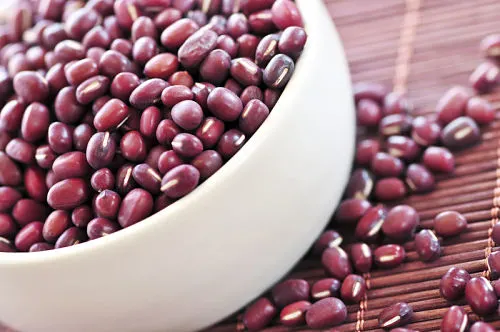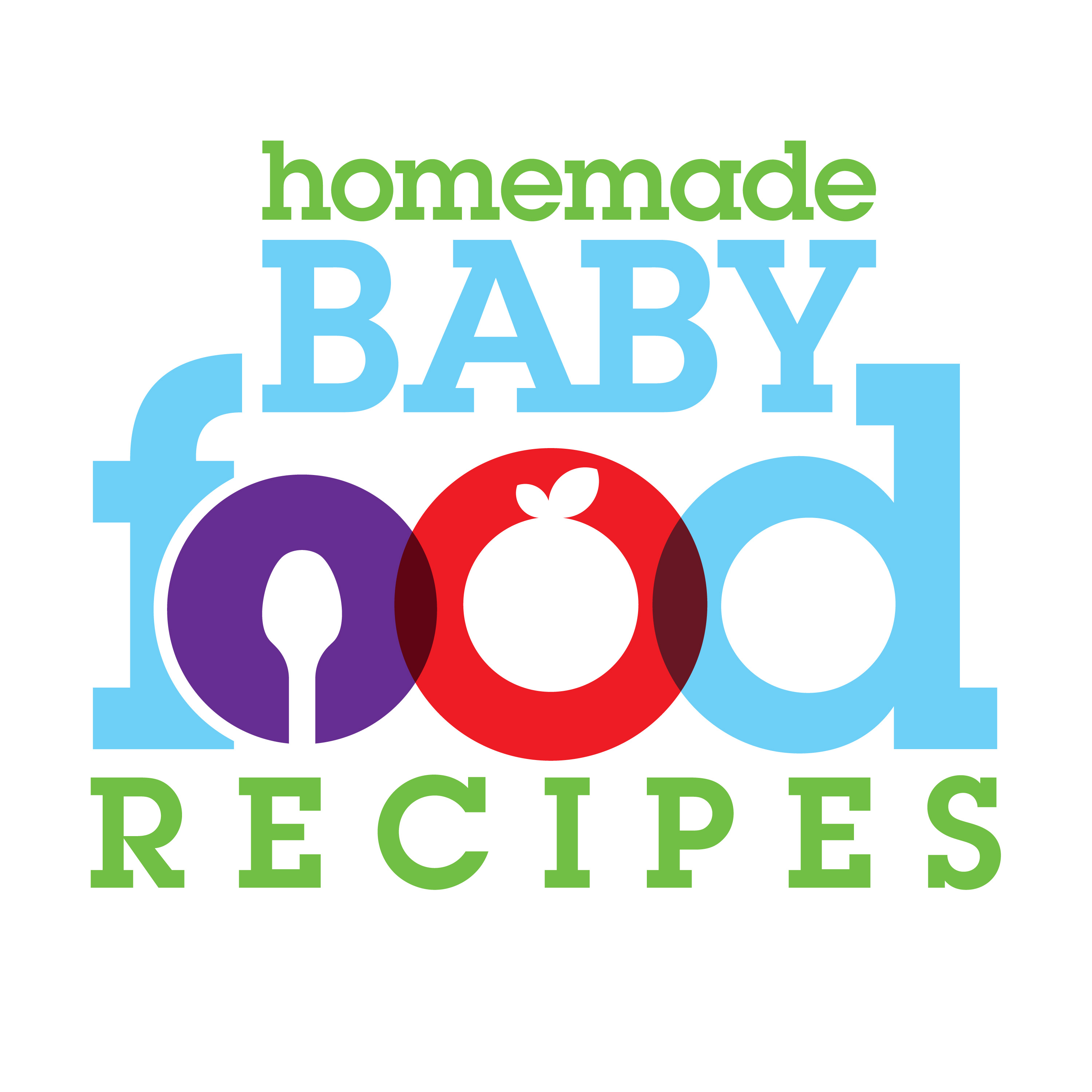Updated: Aug 18, 2023
Adzuki beans – known as ‘aduki’ beans in the UK and ‘azuki’ beans in other parts of the world – are one of the most nutritious foods on earth!
Widely available in Asia (where they are very popular, particuarly for use in desserts!), adzuki beans are a little more difficult to find in the west.
In the UK, we buy ours from a health food store, but you may also find them at your local ethnic market.
The beans are quite small and red in colour, with a sweetish flavour (which is why they’re often used in desserts).
Many fans of adzuki beans find them much more digestible than other varieties of bean, which means they’re less likely to cause gas.
If you’d like to offer them to your baby, you can reduce the likelihood of gas even further by soaking the beans overnight (which should be done anyway if they are dried, in order to reduce their cooking time), and changing the soaking water a few times during the process.
Once soaked, you can put the beans in fresh water (around 3 cups of water for every cup of beans), then simmer them for around 45 minutes to one hour, by which time they should be nice and soft and ready for baby to eat.

What makes adzuki beans so healthy?
Put simply, they’re full of goodness!
For one thing, they’re an excellent source of protein, making them a particularly good choice if your baby is following a vegetarian diet (for maximum benefits, serve mixed with rice – the rice will turn a lovely purple-pink colour!).
They’re also high in iron, potassium and the B vitamin thiamine – plus they contain folates, fibre and calcium. (The fact that they are low in calories makes them a great choice for the adults too!).
These super nutritious beans are not listed as a common allergen, but they are related to soy beans – so if your baby has an allergy to soy then there is a possibility he may be allergic to adzuki beans too.
As with all new foods, speak to your doctor before introducing adzuki beans to your baby and follow the four day rule, watching carefully for any sign of allergic reaction or digestive discomfort.
How to serve adzuki beans to baby
Our little one was 8 months old when she first tried adzuki beans, which we mashed up and mixed with a sweet potato puree, thinned with breast milk.
Their flavour would also work well with squash or pumpkin – try combining mashed adzuki beans with pureed pumpkin, adding a touch of cumin and serving as a spread in healthy little sandwiches – yum!
You might also like to try them just as they are, as a finger food for older babies.
Some babies may have trouble with the skins, although the skins are actually thinner than you’ll find on some other varieties of bean.
To be on the safe side, you might want to remove the skins before serving (we just squash beans with the back of a spoon first, then the skins are easy to remove!).
Has your little one tried adzuki beans yet…?
If you use adzuki beans in your homemade baby food recipes – or even if you just cook them for the rest of the family – we’d love to hear from you!
Just leave your comment below telling us how you prepare them and – if possible – suggesting some more baby food ideas using these highly nutritious ingredients!
More handy tips…
Lentil baby food ideas (with tips for reducing the gassiness caused by legumes)

Samantha
Saturday 12th of August 2017
I soaked them mixed with coconut oil, a tiniest pinch of salted thinned with homemade veggie stock and pureed and gave it to my son right now. He loves It!
Chris Rowan
Thursday 6th of July 2017
What exactly is meant by "related to soy beans?"
Is this a type of soy bean? Does it share protein structures?
Christine
Friday 7th of July 2017
It is not a type of soy bean and the relationship is a fairly loose one in that both beans come under the legumes 'umbrella'. Many people with an allergy to soy safely consume adzuki beans instead - nevertheless, there is a small risk of a reaction to both which it's best to be aware of when introducing new foods to baby.